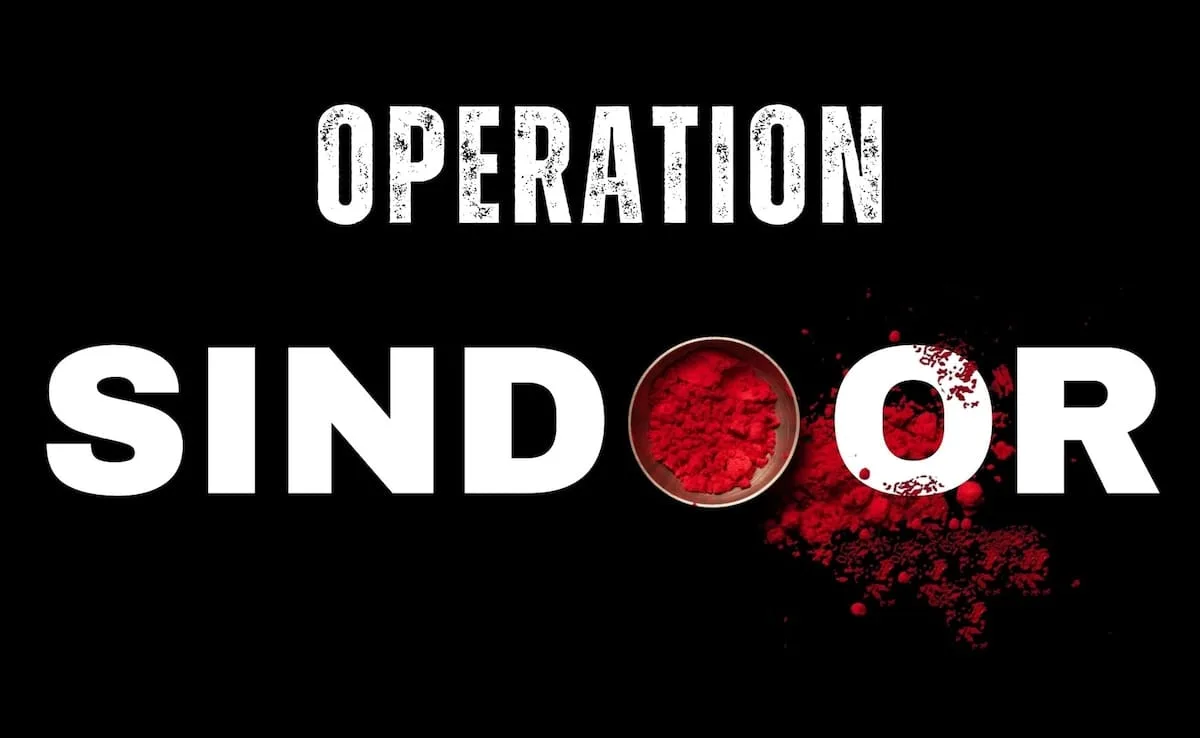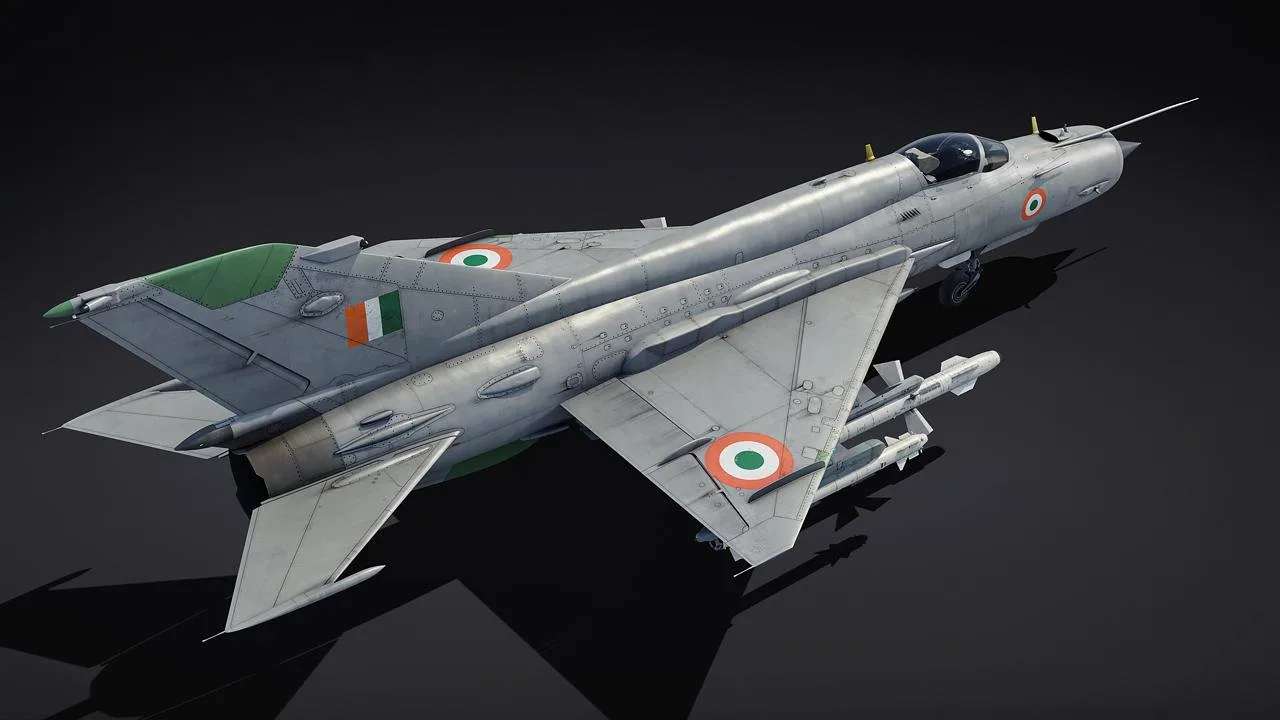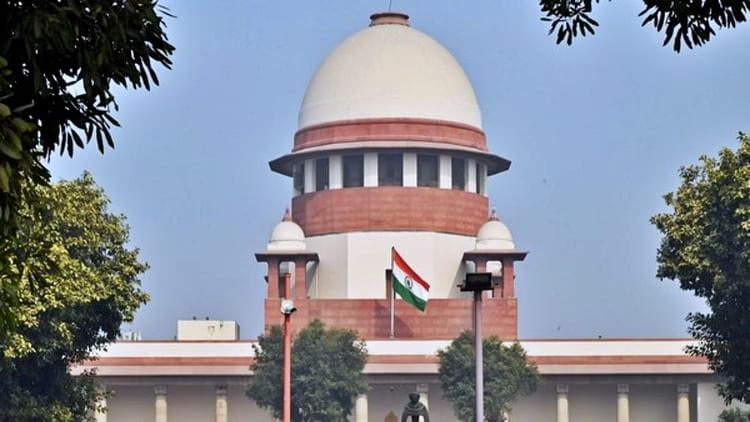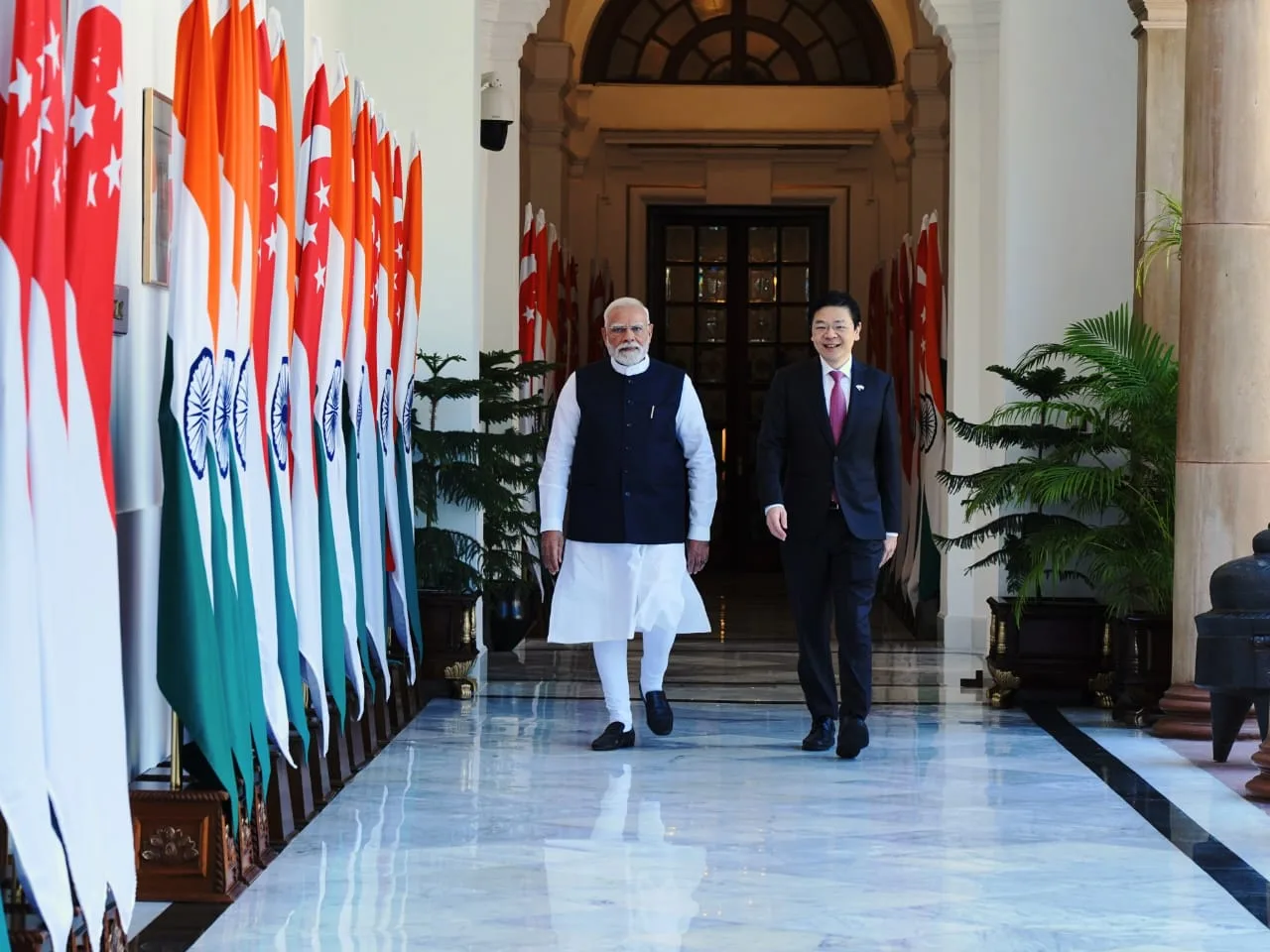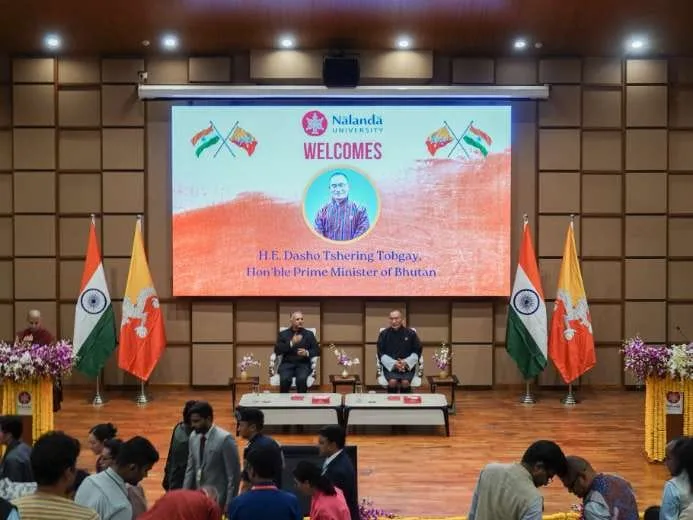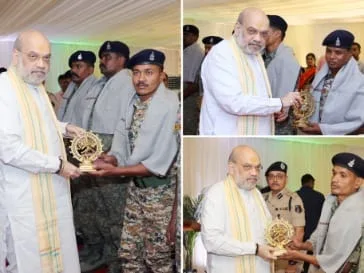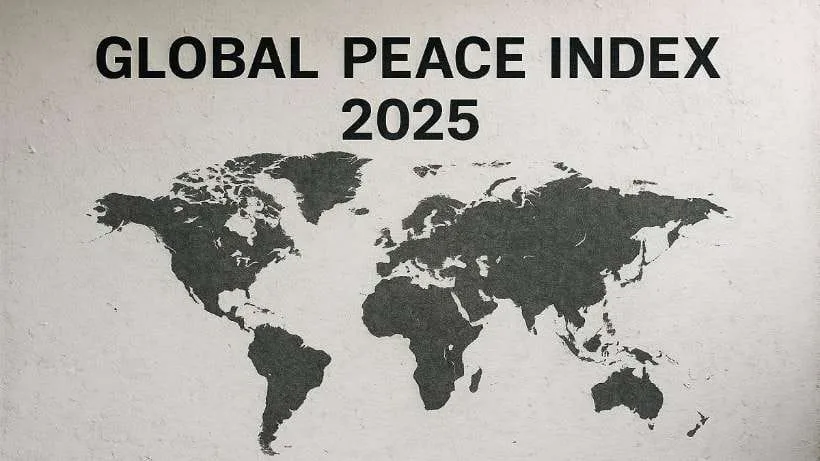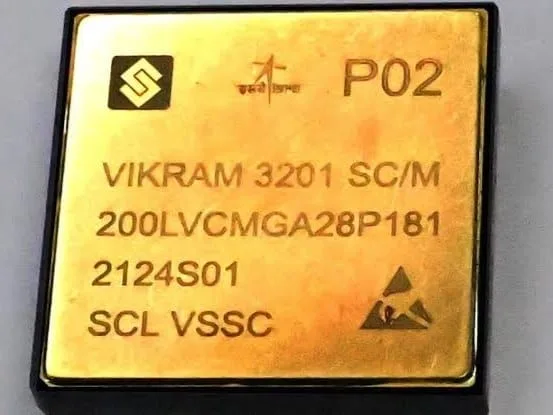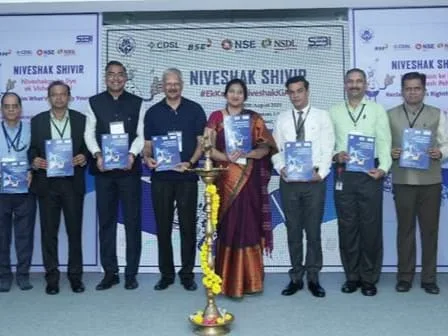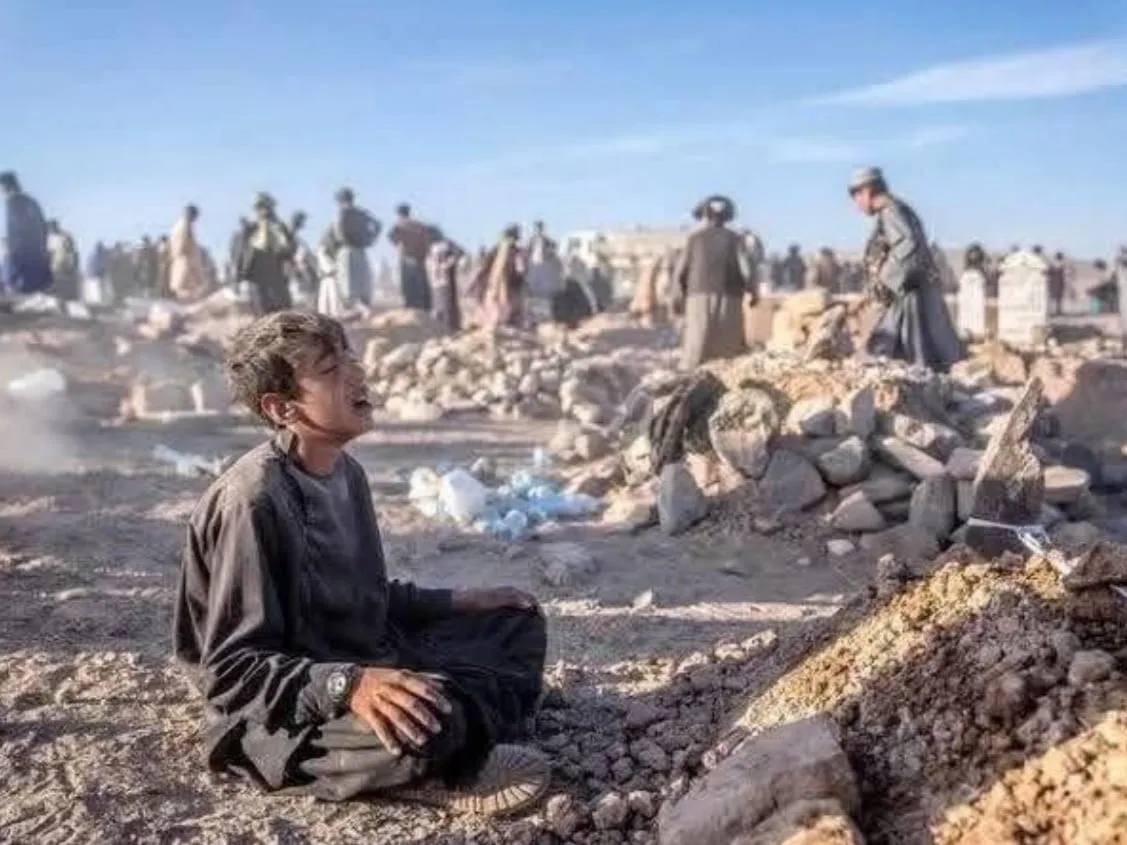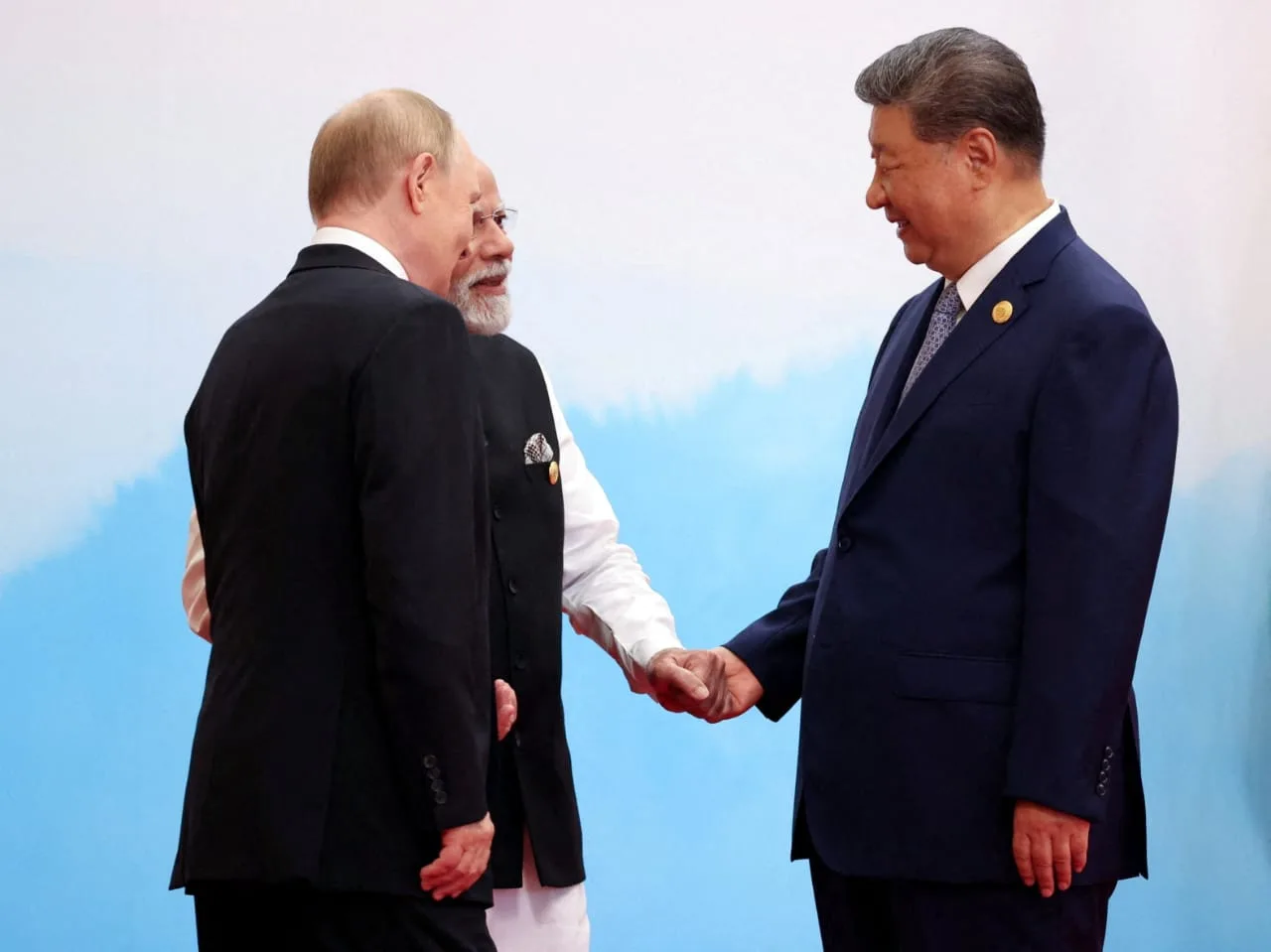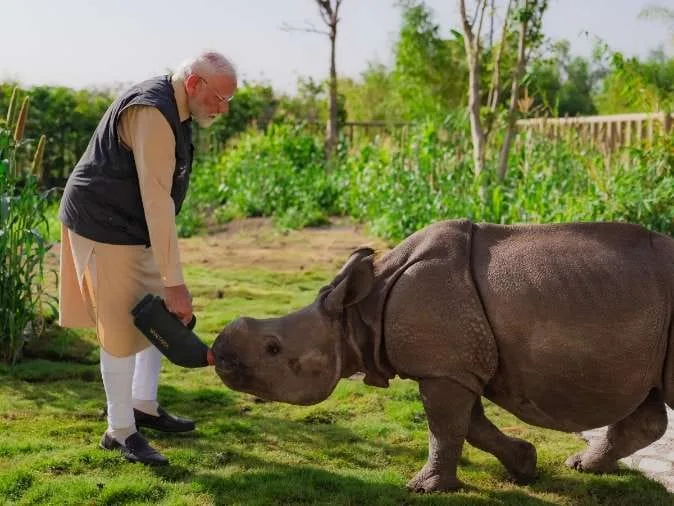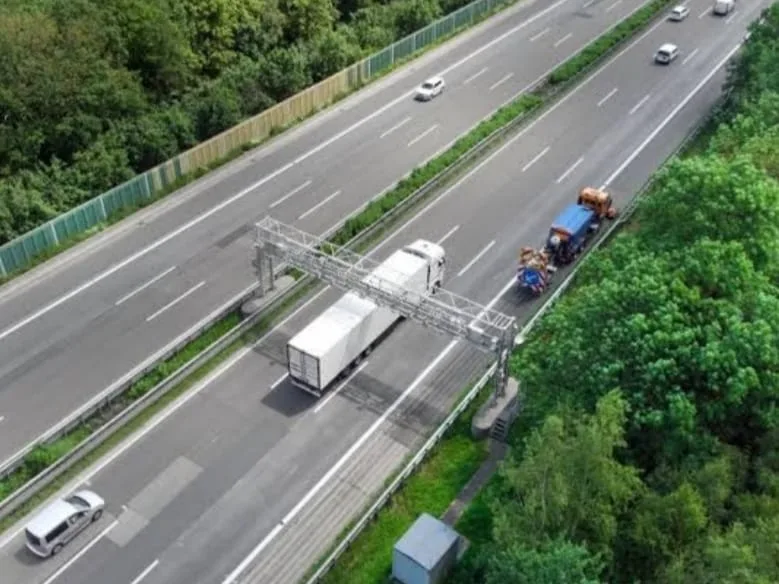Operation Sindoor was an Indian military operation in May 2025 that involved precision strikes on terrorist infrastructure in Pakistan and Pakistan-occupied Jammu and Kashmir. Launched in retaliation for the 22 April 2025 Pahalgam terror attack, the mission aimed to dismantle terror bases and hold the perpetrators accountable
The Pahalgam Attack – April 22, 2025
- Pakistan-backed terrorists attacked a village in Pahalgam.
- The attackers asked villagers their religion and killed 26 people.
- The goal was to spark communal violence, moving from typical cross-border terrorism to internal destabilization.
Pak did Religious Site Attacks
- Pakistan increased its actions with drone and artillery strikes on religious sites
- Shambhu Temple in Jammu
- Gurdwara in Poonch
- Christian convents
- These were deliberate attempts to disrupt India’s communal harmony.
India’s Response – Operation SINDOOR Launched

- Declared on May 7 as a measured,
- Nature of Operation : non-escalatory, focused military response.
- Targeted terror infrastructure, not civilian or unrelated military assets.
- Emphasized that any attack on Indian military targets would lead to a strong response.
- Retaliatory Air Strikes
Key targets destroyed:

- Radar installations in Lahore
- Radar facilities near Gujranwala
Ceasefire Announcement – May 10, 2025
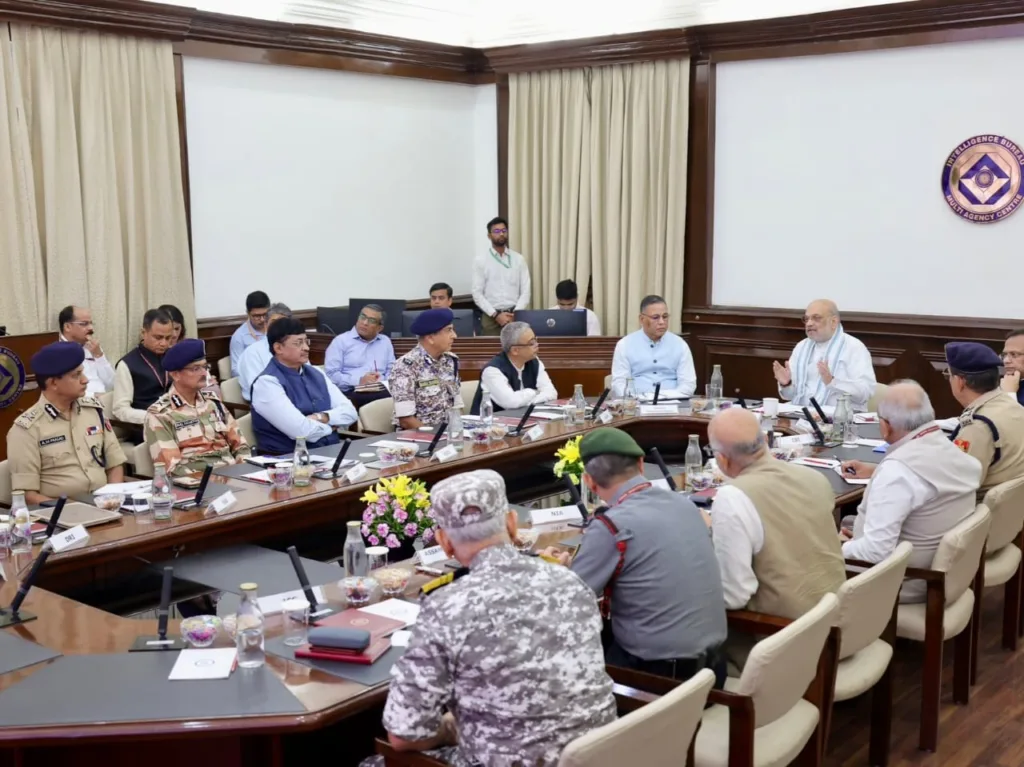
- Pakistan’s DGMO requested a ceasefire.
- Both sides agreed to stop firing across land, air, and sea from 1700 hrs IST.
- Post-Ceasefire Drone Incursions
- Despite the ceasefire, Pakistan sent UAVs into Indian civilian and military areas.
- Indian defense systems intercepted all intrusions.
- Field commanders were authorized to respond to any violations
The Information Warfare Dimension :
- Pakistan’s Propaganda Offensive
- Pakistan launched an aggressive misinformation campaign after the attack.
- The intent was to mislead the international community, shift the narrative, and justify aggression.
- India’s Digital Response
- Provided clear communication of facts.
- Exposed misleading social media accounts from Pakistan.
- Launched media literacy campaigns to help citizens spot fake news.
- Maintained strategic calm and digital vigilance.
Non-Military Measures and Strategic Diplomacy
- Water as Leverage : Suspension of Indus Waters Treaty
- Termination of Treaty Signed in 1960
- Suspended until Pakistan permanently stops supporting cross-border terrorism.
Impact on Pakistan
- The Indus basin is crucial for
- 80% of cultivated land
- 93% of water useSupporting 237 million people, 25% of GDP
- Mangla and Tarbela dams have only 10% live storage.
- Disruption could cause food shortages, power outages, and industrial shutdowns.
Benefits for India
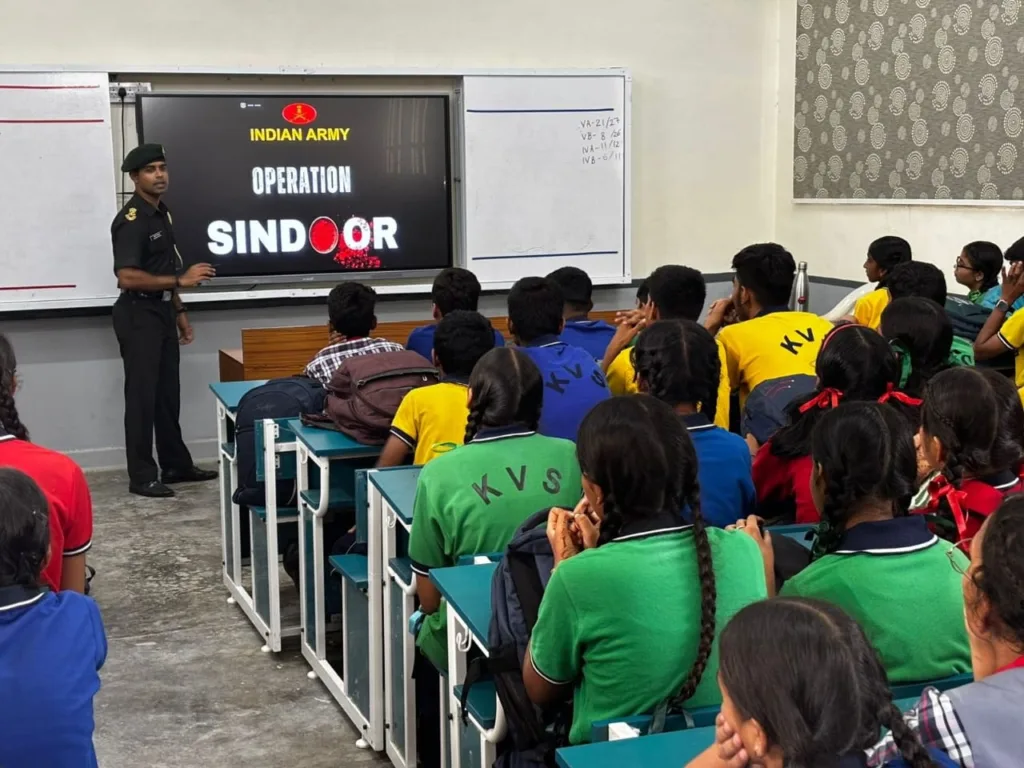
- Lifts restrictions on Jhelum and Chenab.
- Allows for dam and reservoir construction in J&K, Ladakh, Punjab, and Haryana.
- Improves irrigation and hydroelectricity.
- Reinforces the national message: “Blood and water cannot flow together”
- Trade and Mobility Restrictions
- Closure of Attari-Wagah Border
- Check post closed; crossovers allowed only until May 1.
- Trade Suspension
- Exports like onions stopped.
- Imports of cement and textiles were banned.
- This severely disrupted Pakistan’s fragile economy.
- Deportation and Visa Revocation
- All Pakistani nationals deported.
- SVES (SAARC Visa Exemption Scheme) was suspended for Pakistanis.
- Cultural Isolation
- Ban on Pakistani artists and media.
- Streaming platforms barred from hosting Pakistani content.
- Diplomatic and Intelligence Pressure
- Pakistan’s Isolation on Global Forums
- Terror links were publicly revealed.
- Support was gained from several countries.
- Reduction of Diplomatic Presence
- Pakistan’s military advisors in India were deemed Persona Non Grata.
- Embassy staff reduced from 55 to 30.
- Strategic Leadership and Doctrine Shift
- Prime Minister Modi’s Leadership
- Swift, Composed Decision-Making
- PM Modi took immediate control while on a foreign visit.
- He avoided emotional retaliation and emphasized strategic unpredictability.
- Clarity of Objective
- Terrorism equals war. There is no separation between terror groups and their state sponsors.
- A decisive, ethical, India-centric doctrine was adopted.
- Doctrine of Response
- A terror attack is an act of war.
- Nuclear blackmail will not prevent a response.
- There is no distinction between state and non-state actors.
- Terror and talks, terror and trade, water and blood cannot coexist.
Public Address – May 12 , 2025 By PMNM
- Operation SINDOOR represents justice and unity.
- “We have always defeated Pakistan this operation adds a new dimension”
- Achievements of Operation SINDOOR
- Nine Terror Camps Destroyed
- Located in PoJK and Pakistan; over 100 terrorists were eliminated.
- Deep Cross-Border Strikes
- Targets hit in Lahore, Bahawalpur, Punjab, etc.
- New Strategic Red Line
- Terror as state policy invites direct and strong retaliation.
- Dual Targeting
- Both terrorists and their sponsors were neutralized.
- Exposed Pakistan’s Air Defence Flaws
- Indian Rafale jets, SCALP, and HAMMER missiles evaded Chinese-supplied defenses
- India’s Air Defence Superiority
- Hundreds of drones were neutralized by the Akashteer system and other homegrown technologies.
- Surgical Precision without Escalation
- Avoided civilian and non-terrorist targets.
- Elimination of High-Value Terror Commanders
- Targets included:
- Yusuf Azhar (IC-814 hijack)
- Abdul Malik Rauf
- Mudassir Ahmad (Pulwama links)
- Airstrikes on 11 Pakistani Military Bases
- Destroyed 20% of Pakistan’s air assets in 23 minutes.
- Bholari Air Base faced major losses.
- Tri-Service Coordination
- The Army, Navy, and Air Force conducted synchronized strikes.
- Strategic Autonomy

- India did not seek international approval and asserted the right to self-defense.
- Global Support
- Gained widespread international backing a shift from usual calls for restraint.
- Narrative Shift on Kashmir
- The global narrative focused solely on counter-terrorism, not on Kashmir politics.
Paradigm Shift in India’s National Security Posture shown during Operation SIndoor
- Operation SINDOOR was not just retaliation , it was a redefinition of India’s strategic clarity.
- Demonstrated zero tolerance along with measured restraint.
- Combined military, diplomatic, economic, digital, and informational tools.
- Sent a clear message:
- “India will respond swiftly, surgically, and with complete moral clarity.”
- The operation established a new deterrence doctrine, connecting India’s internal unity with global leadership , visit here in future …
- for more news link yourself here www.eminentnews.com

